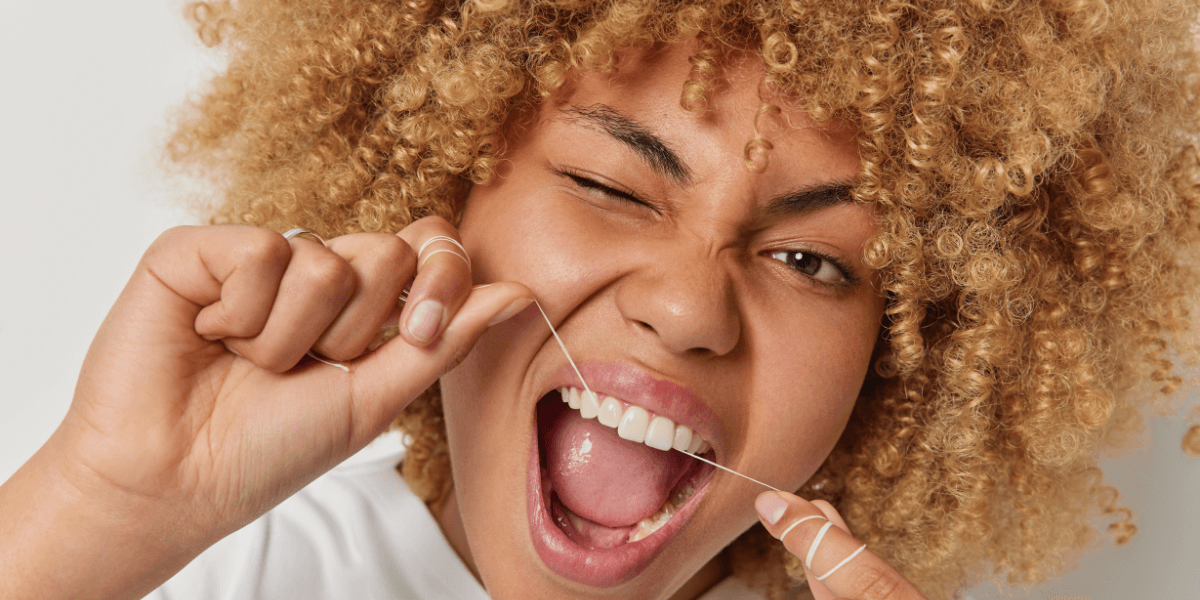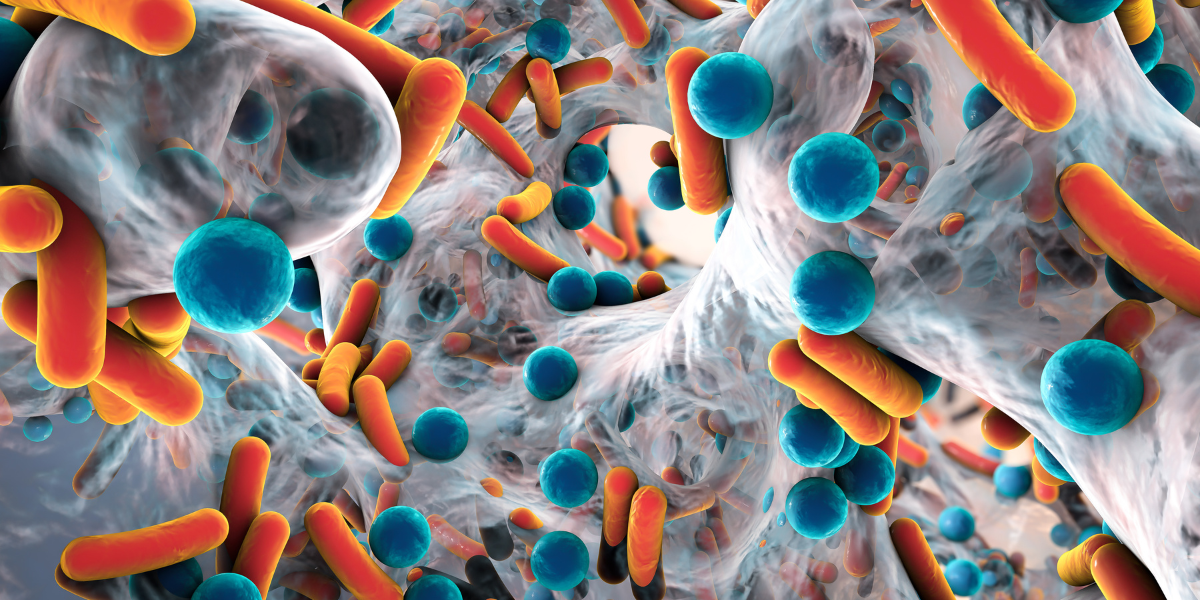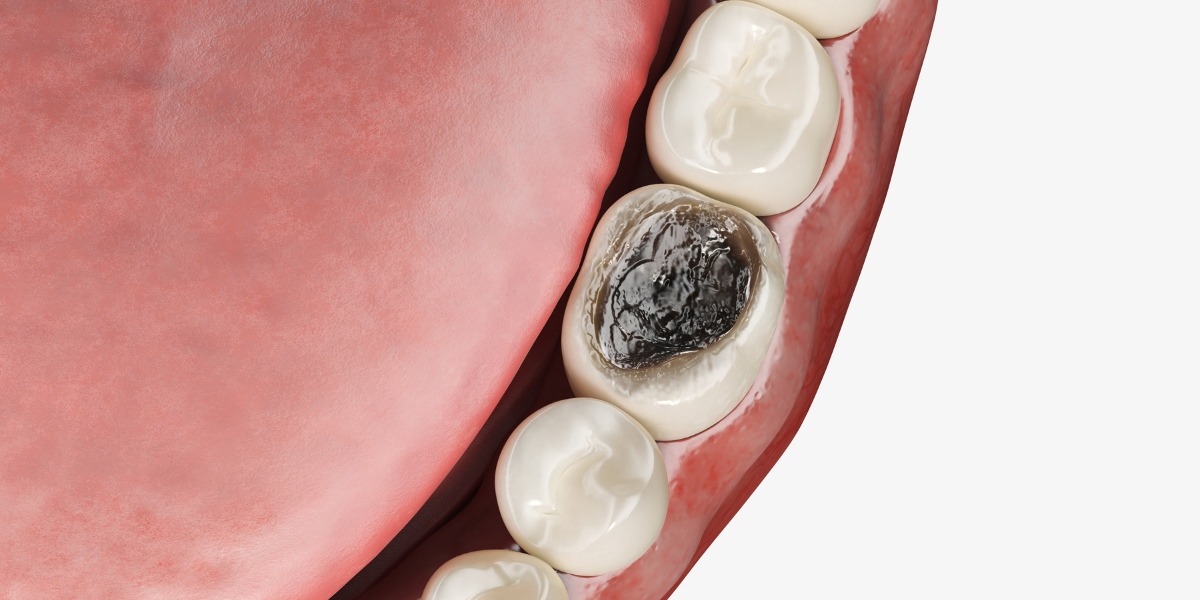
Learn about the complex factors that cause childhood cavities and what to do about it.
No parent wants to hear that their child has yet another cavity during a dental visit. Cavities also known as tooth decay, is unfortunately common among children. Many attribute frequent cavities in children to whether they brush frequently and/or if they consume a lot of sweets. However, infrequent brushing and a sugary diet aren’t the only factors that contribute to tooth decay.
Actually it’s a more complicated intersection of many factors: bacterial presence on teeth, hygiene habits, presence of saliva (mouth dehydration due to mouth breathing), and a natural susceptibility associated with genetics.
Cavities can be caused by an overgrowth of harmful bacteria in the mouth due to foods, acids, and saliva. Everyone has both good and bad bacteria in their mouth, which at times becomes unbalanced. Foods and beverages contain acids that mix with bad bacteria in our mouths to form a sticky substance called plaque.[2] This plaque is acidic and breaks down the tooth enamel (the hard outer layer of the tooth) and causes cavities.[2]
Dry Mouth
Saliva is very important as it helps to wash away food and debris and helps to neutralize the bacteria that is in the mouth that can contribute to cavities.[4] If your child’s mouth is dry or dehydrated, they have an increased risk of developing cavities as cavity-causing bacteria can attach easier to the teeth, due to the lack of saliva.[4] Contributory factors to dry mouth is mouth breathing, warm weather, certain medications, and underlying health conditions. [4]
Mouth breathing is a concern as although it can contribute to cavities, it can also cause sleep disorders, change your child’s facial structure, and develop into obstructive sleep apnea. [5] Healthcare providers have found linked obstructive sleep apnea to learning difficulties and behavioral issues. Some symptoms of mouth breathing are dry mouth, bad breath, drooling on pillows, snoring, and malocclusion or teeth that don’t properly align together.[5] If you notice this in your child you should contact your dental and medical professionals so that testing so as to now how to try to correct this behavior and determining if there is an underlying health condition.[5]
Signs of Cavities
Common signs and symptoms that a tooth may have decay are:
- The appearance of a brown color on the tooth[1]
- Darkening of the tooth[1]
- White spots on the tooth[1]
- Sensitivity to foods such as hot or cold drinks or sweets[1]
- A hole in the tooth[1]
If you notice any of these signs then it is important that your child see a dentist. Some parents mistakenly believe that decay in children’s teeth is not a true concern, as they will eventually fall out. When children have cavities it is very concerning, if they are left untreated it can lead to pain and life threatening infections.[3][4] This could affect your child’s quality of life and lead to problems with speaking, eating, and learning at school.[1]
What can you do to help prevent cavities?
Children often miss spots when brushing.[2] The anatomy of their teeth often has a lot of grooves and rises where bacteria loves to hide, thus contributing to the likelihood of cavities if not thoroughly removed.[2] Help your child to have good dental hygiene habits by helping them to brush and floss. Children under eight years old should be assisted with brushing and flossing, as they do not have good hand dexterity yet to accomplish these tasks alone.[1]
Incorporate a healthy diet and limit snacking to avoid bacterial overgrowth that feeds decay causing acids.[3] Using a dental probiotic can help to rebalance the microbiome if it seems difficult to prevent cavities. Dental probiotics help to induce good bacteria into our mouths that help to fight the bad bacteria that contribute to dental disease.
Schedule dentist visits at least every six months, starting within six months of your child’s first tooth coming in.[2] Regular dental visits will let you know if there are any dental concerns with your child’s teeth. Discuss with the hygienist preventive treatments such as fluoride and dental sealants.[2] These treatments can help to prevent decay. With the right care, your child can have a healthy smile that will last a lifetime.[3]
References
- WebMD. (2021, March 9). Cavities in Children: What to Do. https://www.webmd.com/children/what-to-do-about-cavities-in-children
- John Hopkins Medicine. Tooth Decay (Caries or Cavities) in Children. https://www.hopkinsmedicine.org/health/conditions-and-diseases/tooth-decay-caries-or-cavities-in-children
- American Academy of Pediatrics (2015, September 8). How to Prevent Tooth Decay in Your Baby. https://www.healthychildren.org/English/ages-stages/baby/teething-tooth-care/Pages/How-to-Prevent-Tooth-Decay-in-Your-Baby.aspx
- Medical News Today. (2022, March 9). https://www.medicalnewstoday.com/articles/bad-breath-in-kids#dry-mouth
- Cleveland Clinic. https://my.clevelandclinic.org/health/diseases/22734-mouth-breathing+







